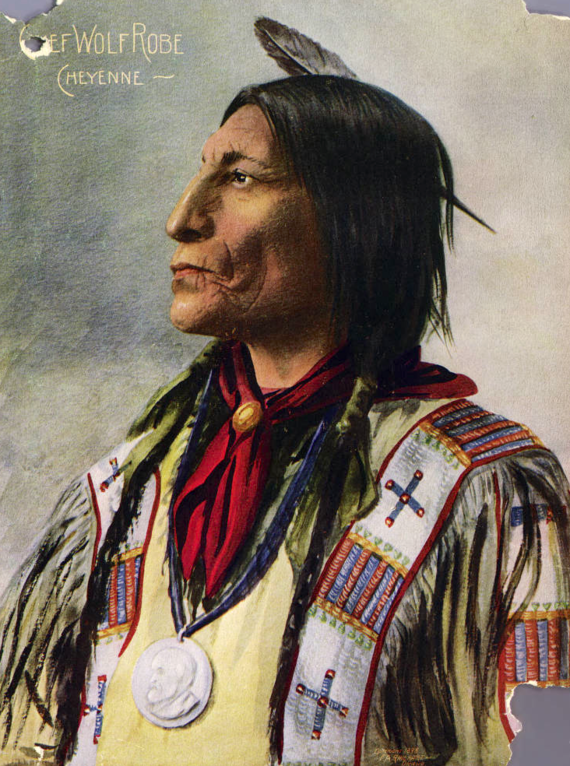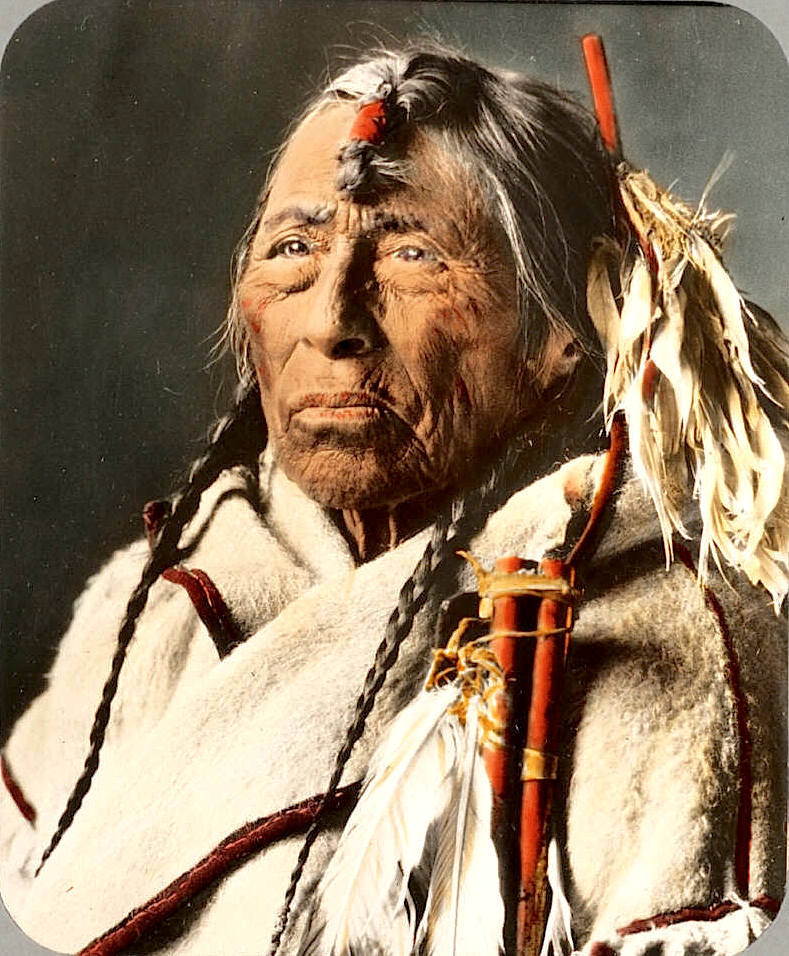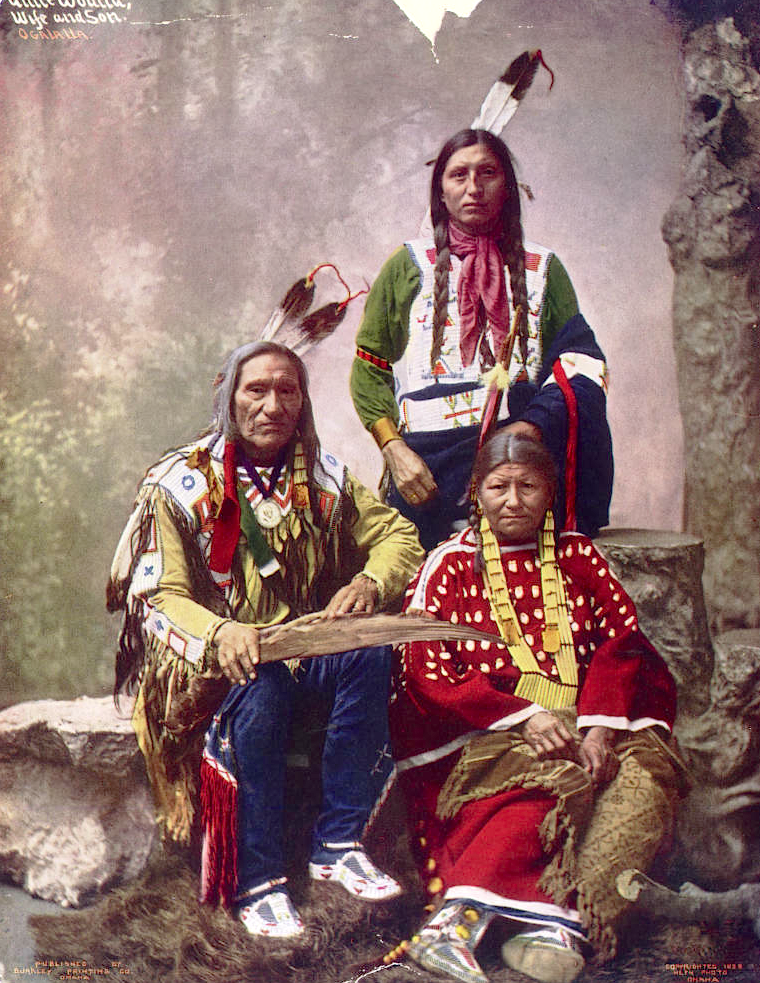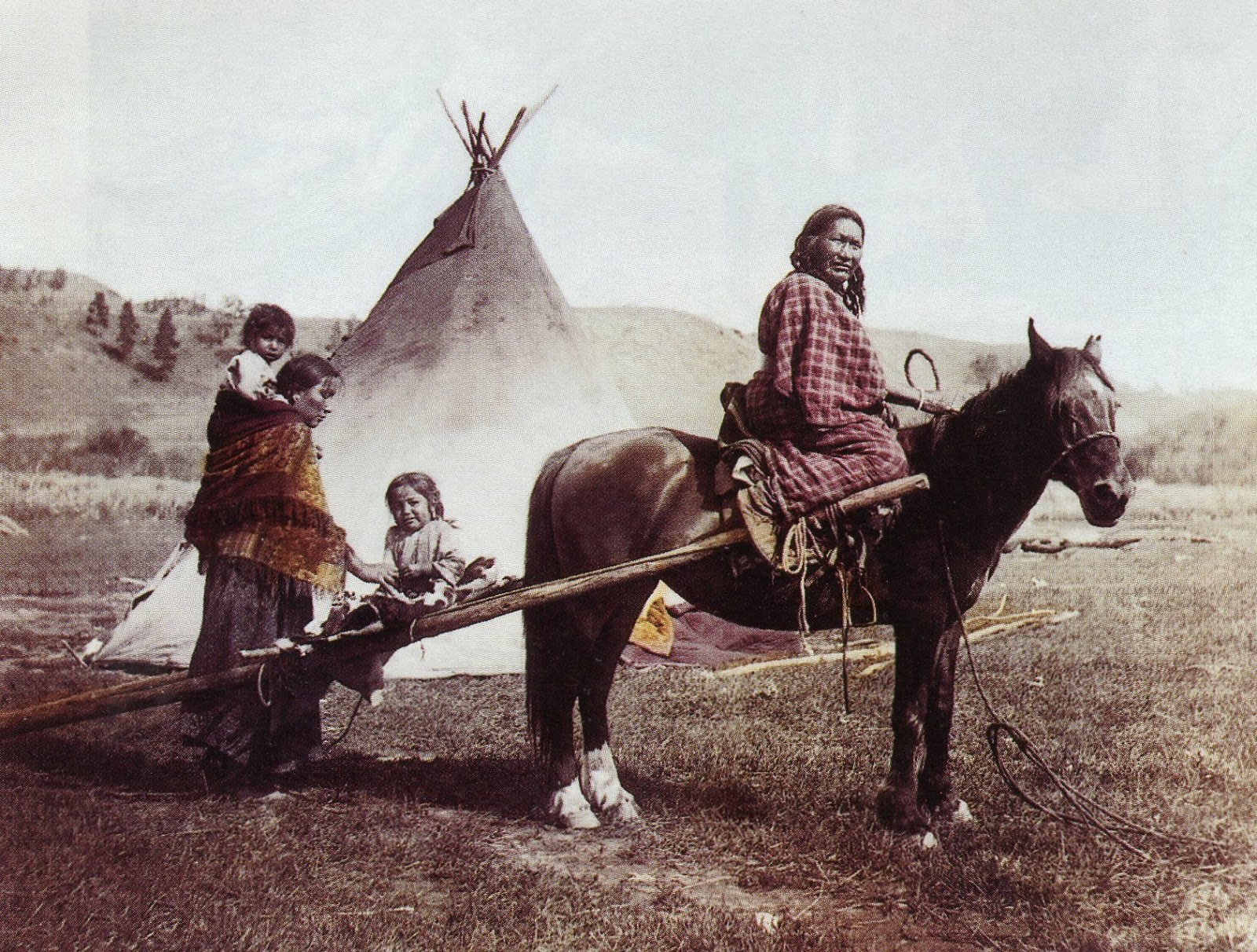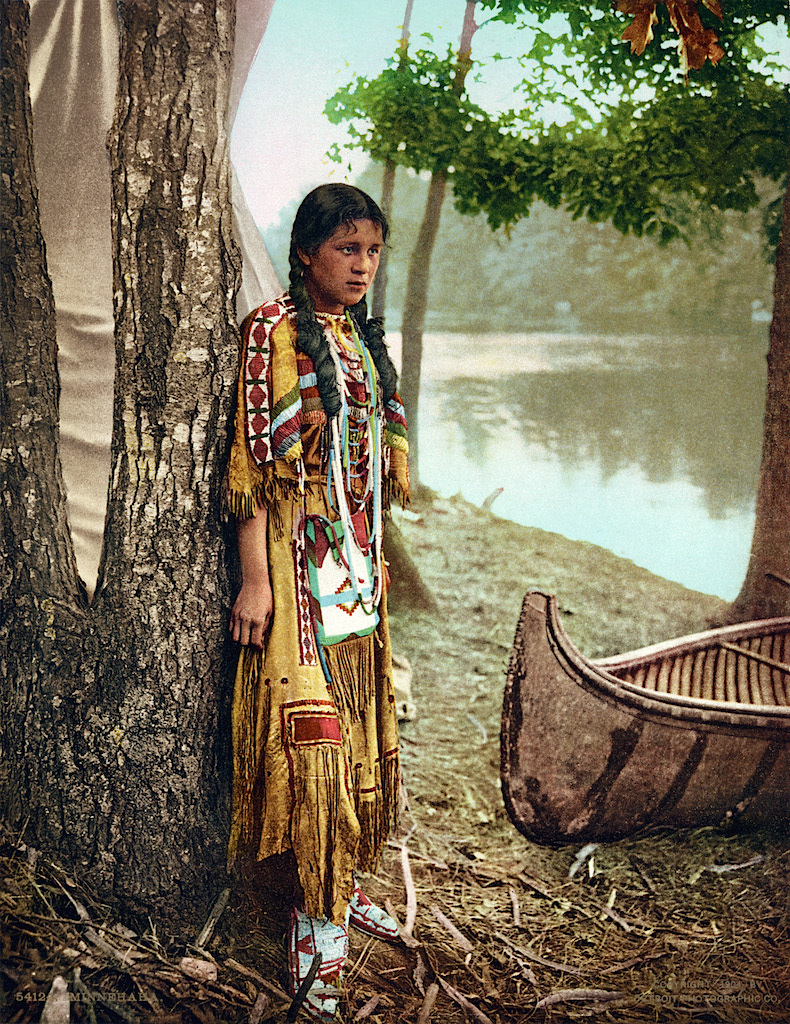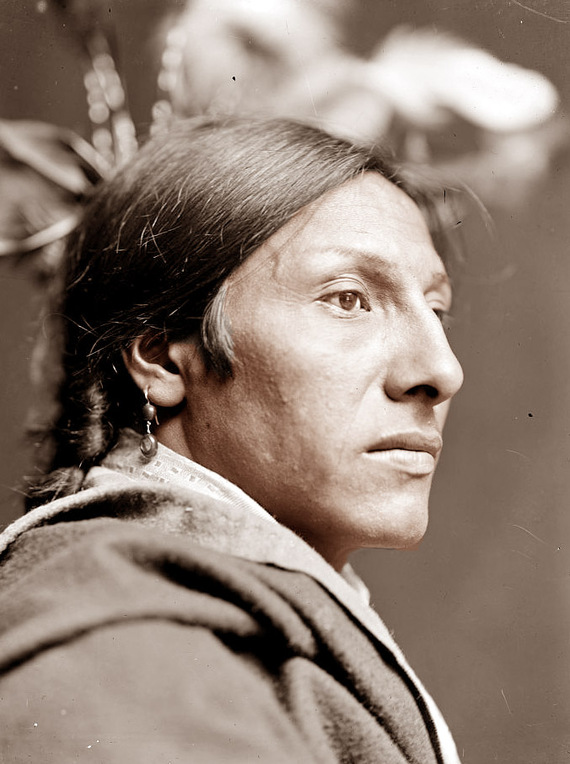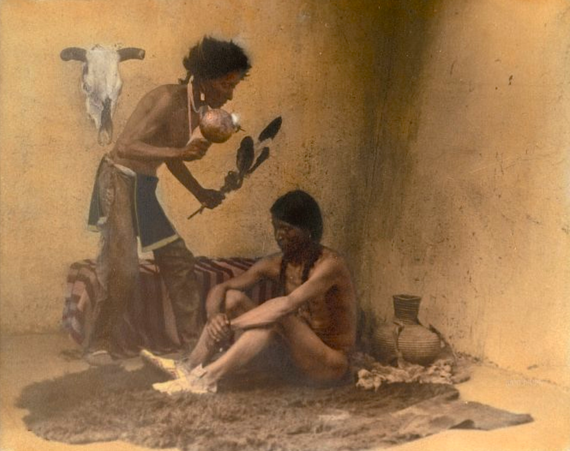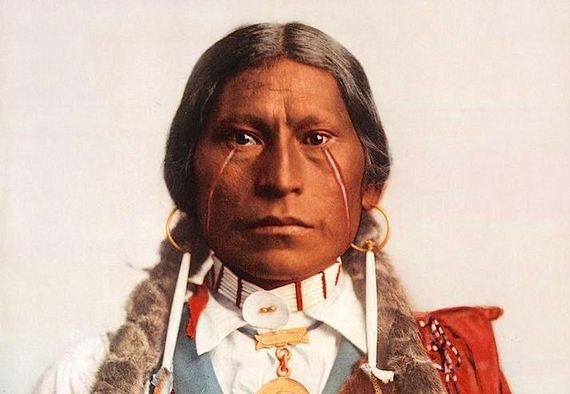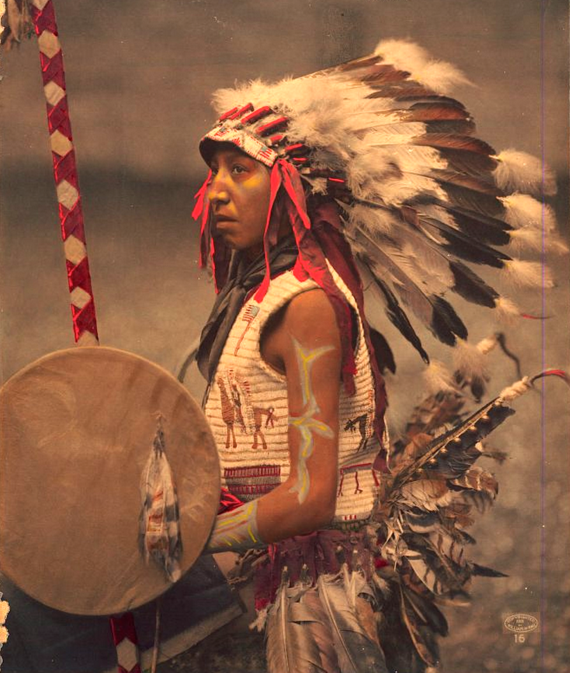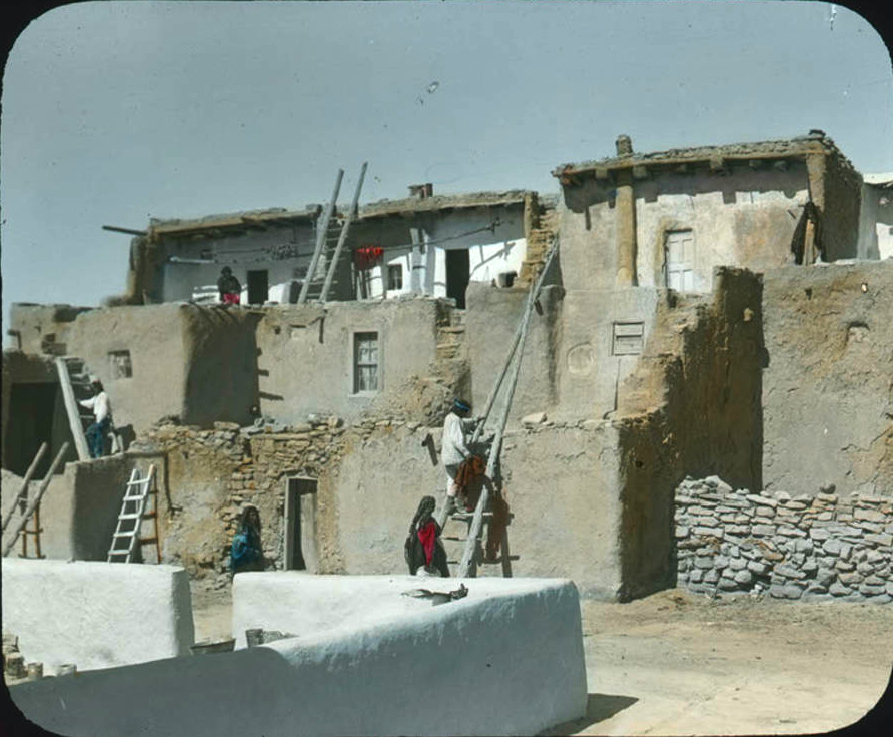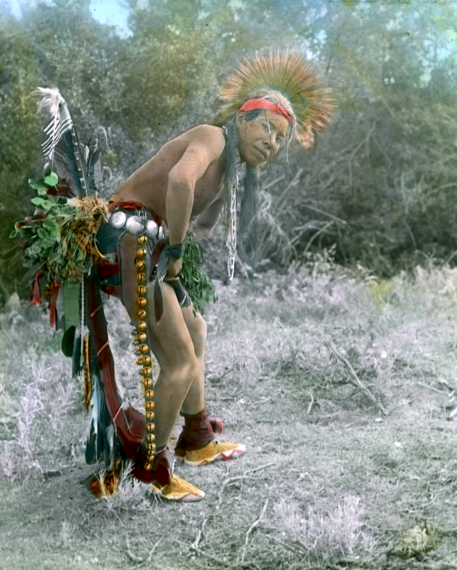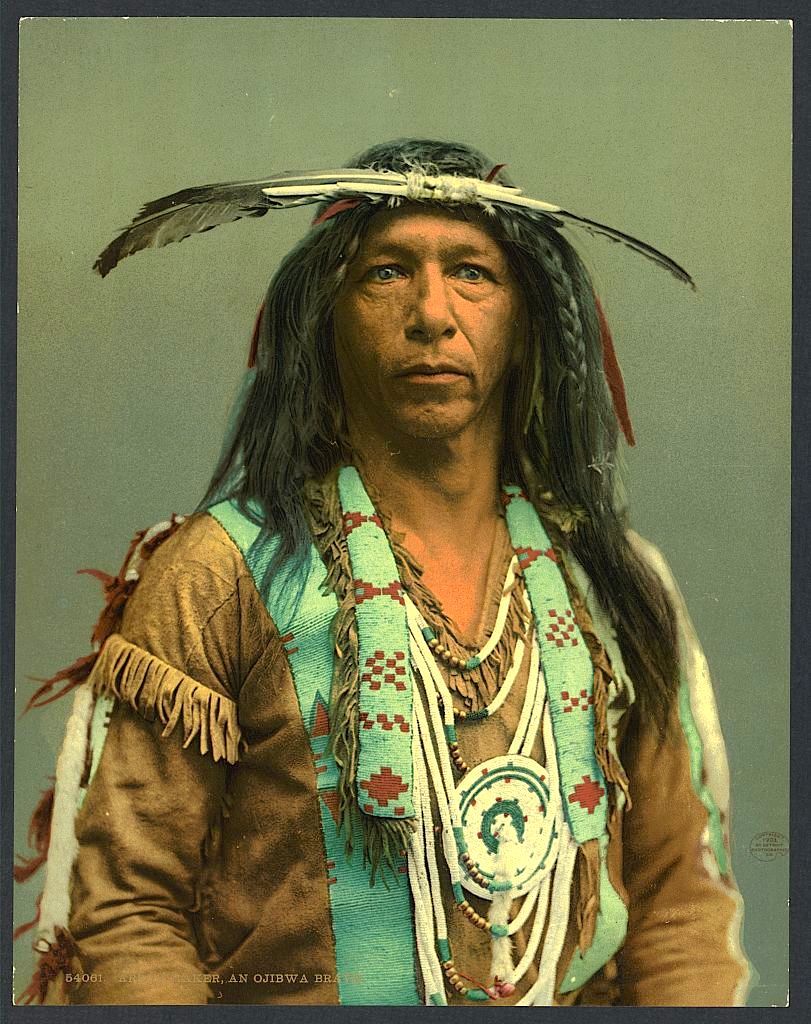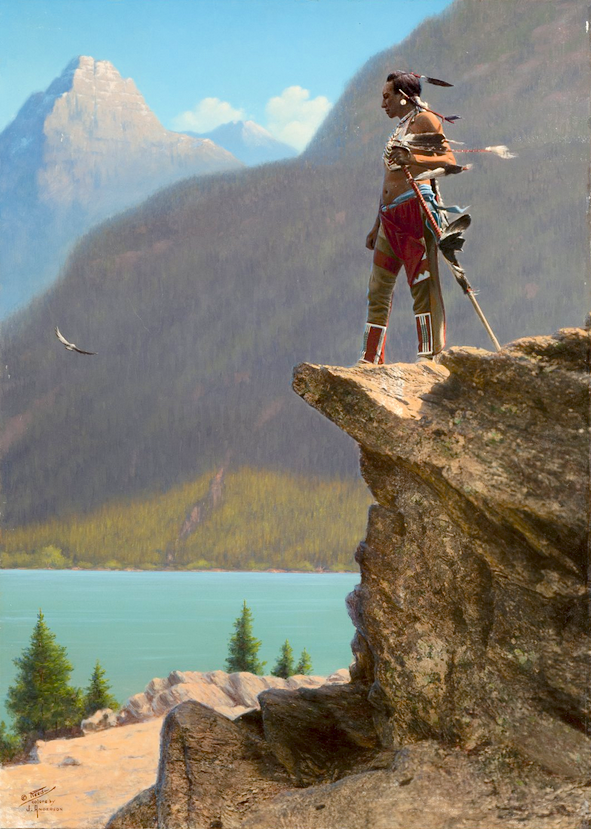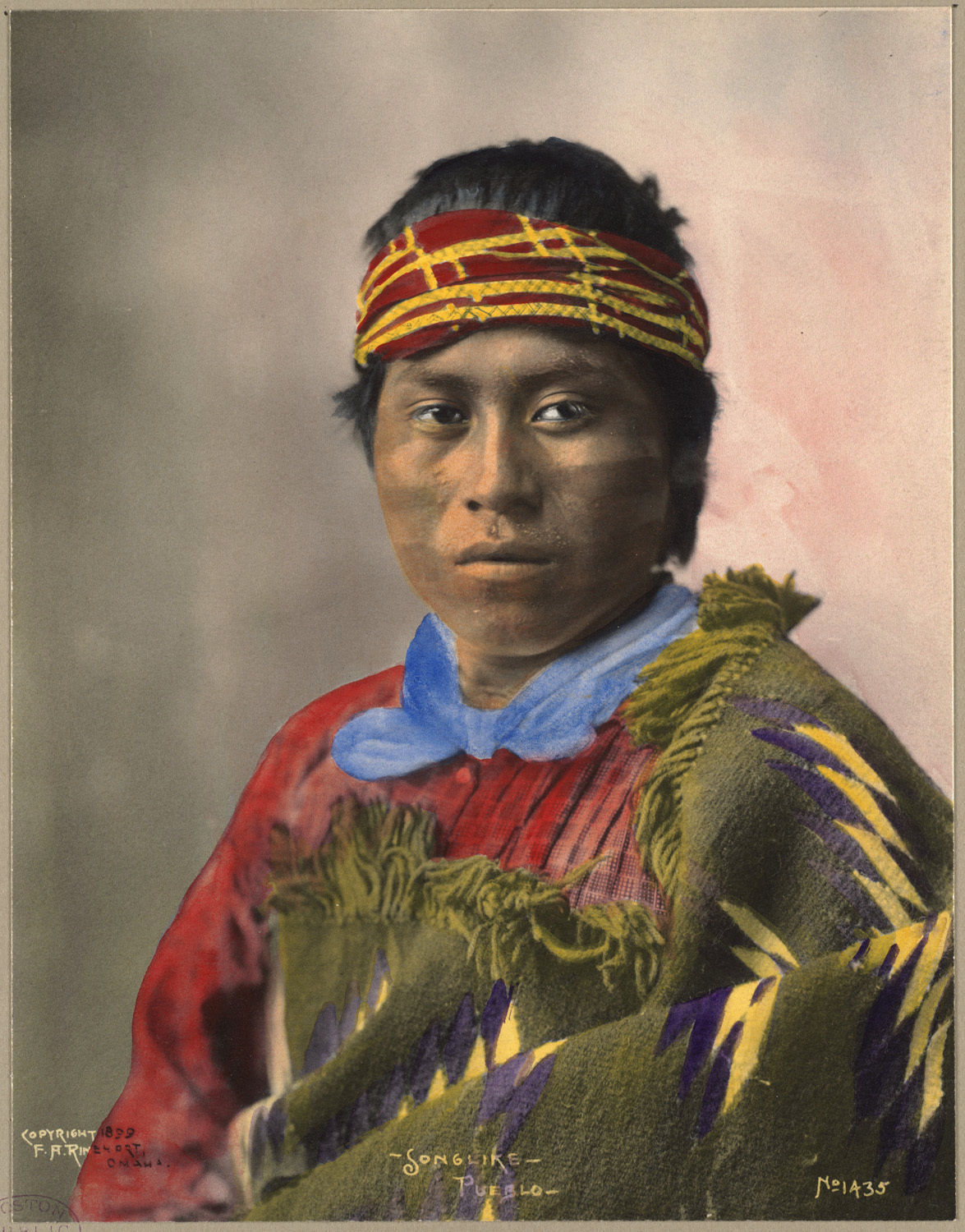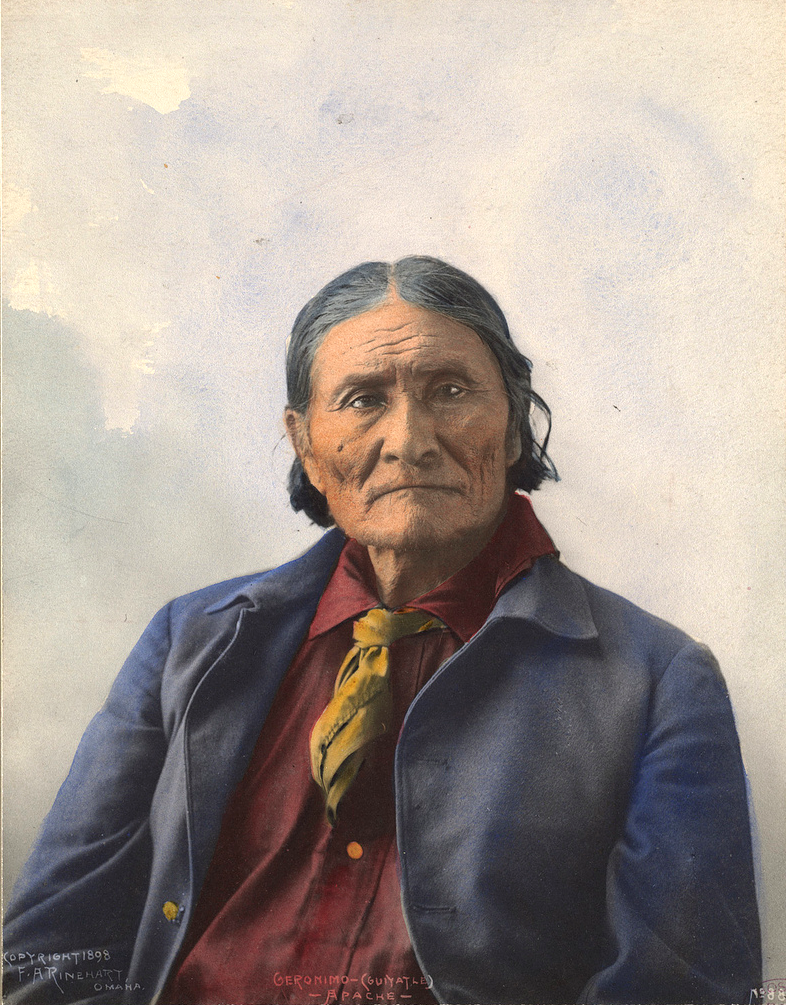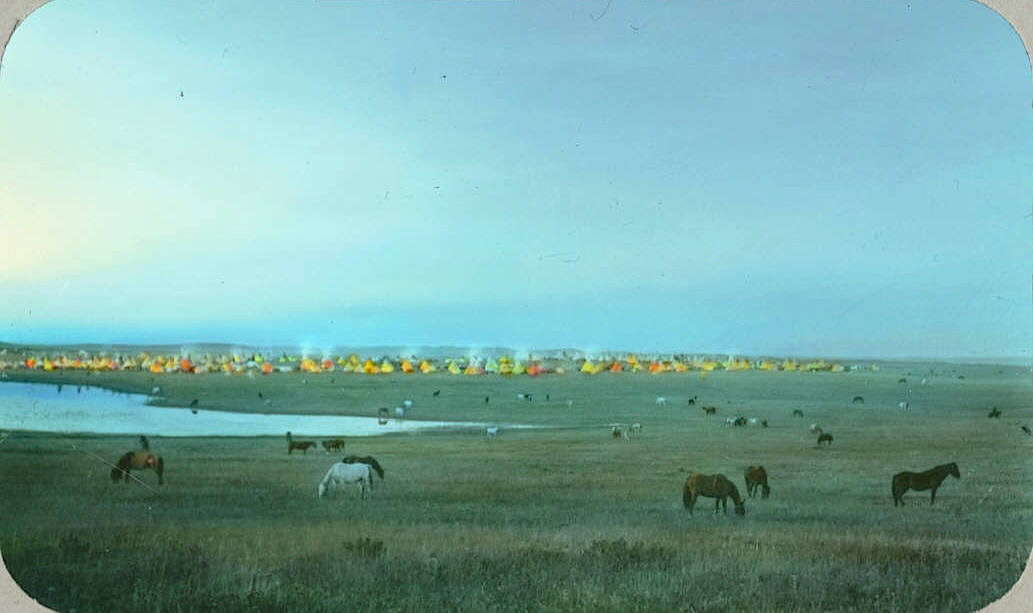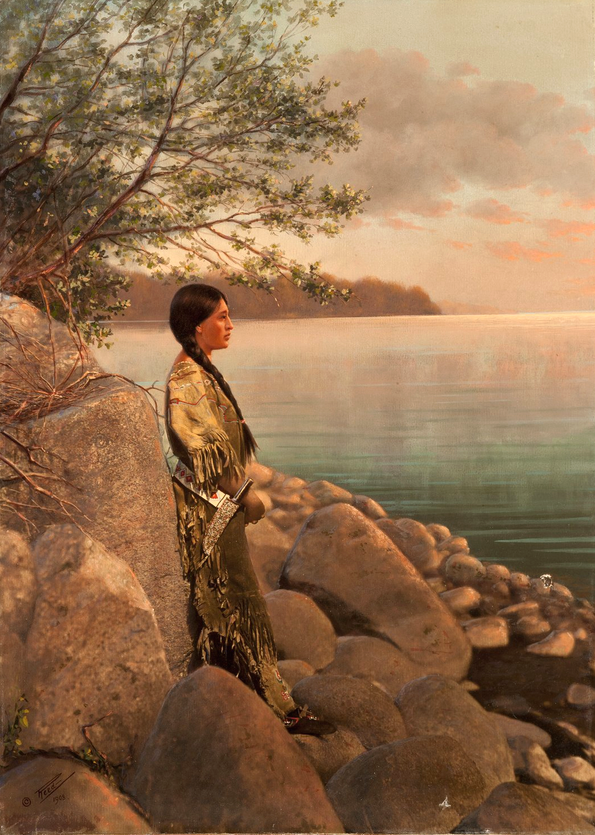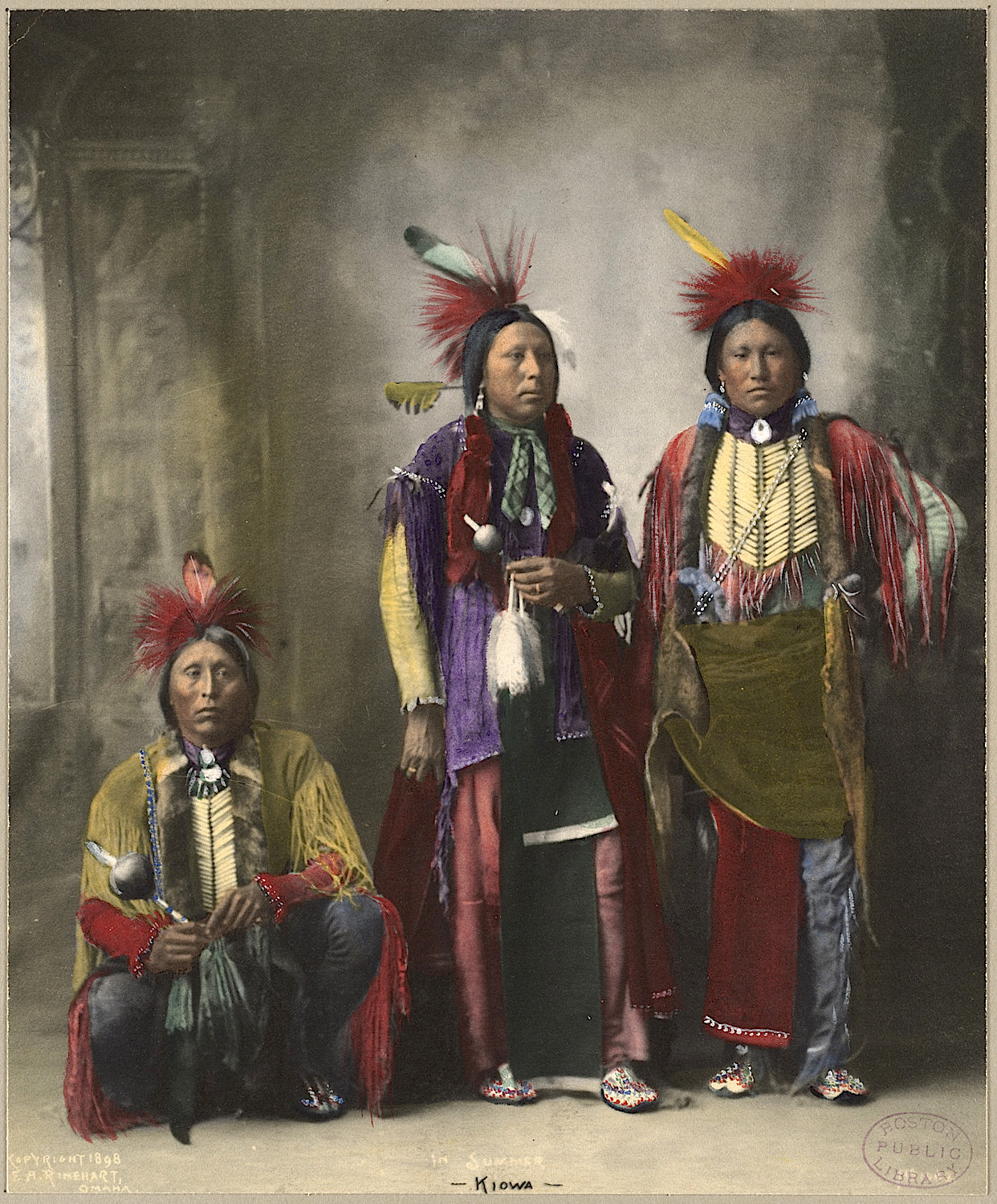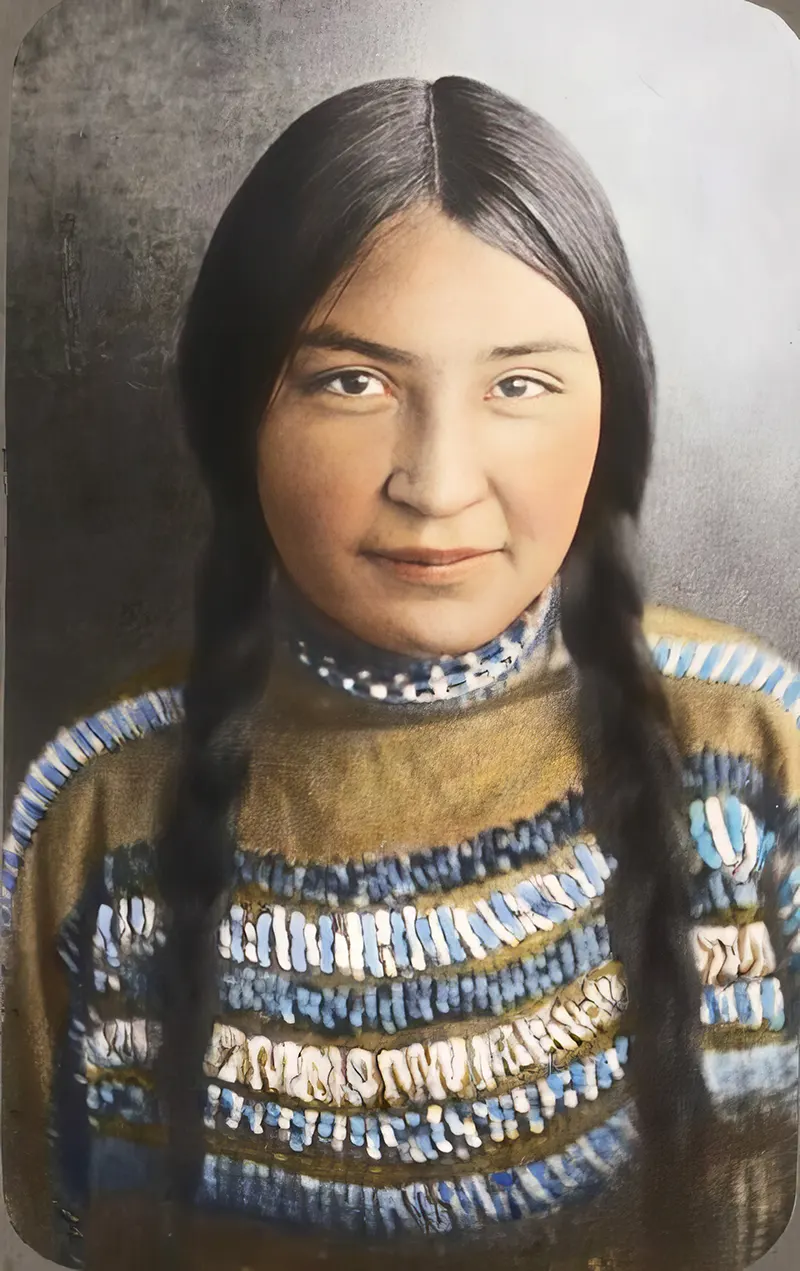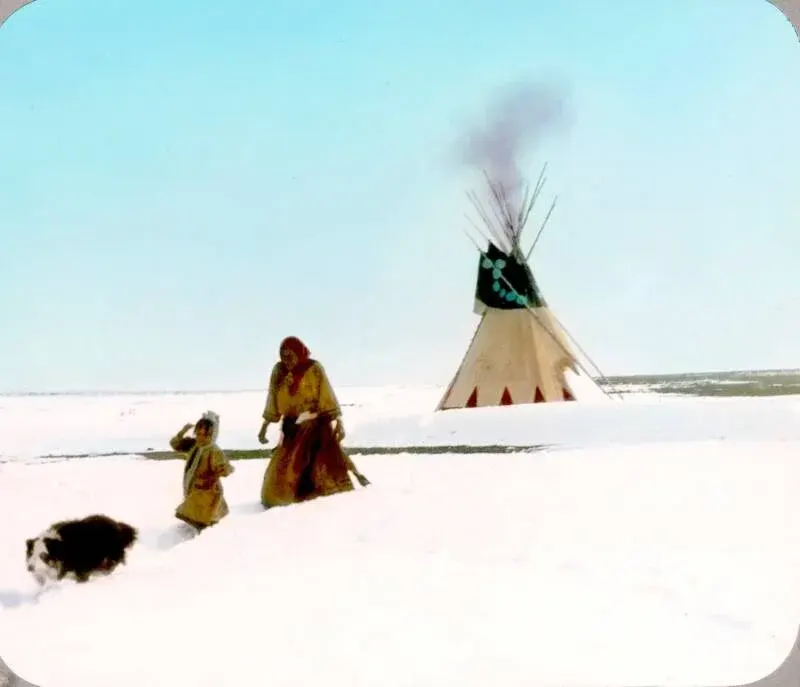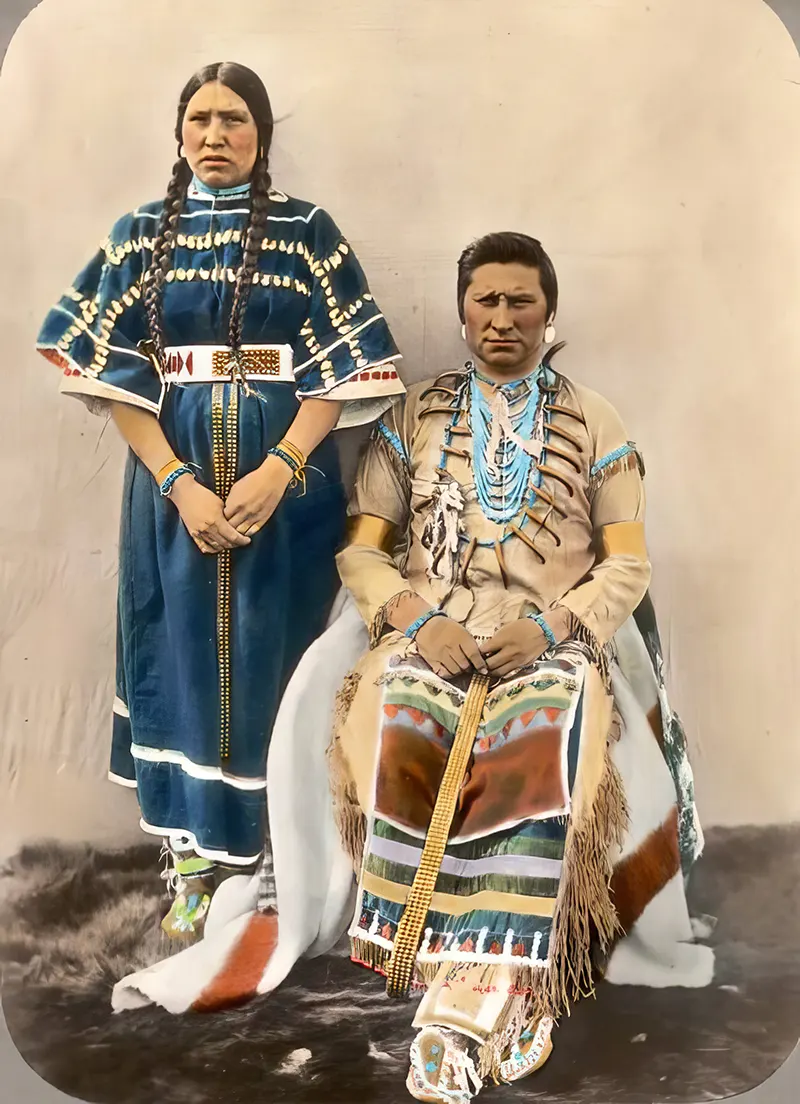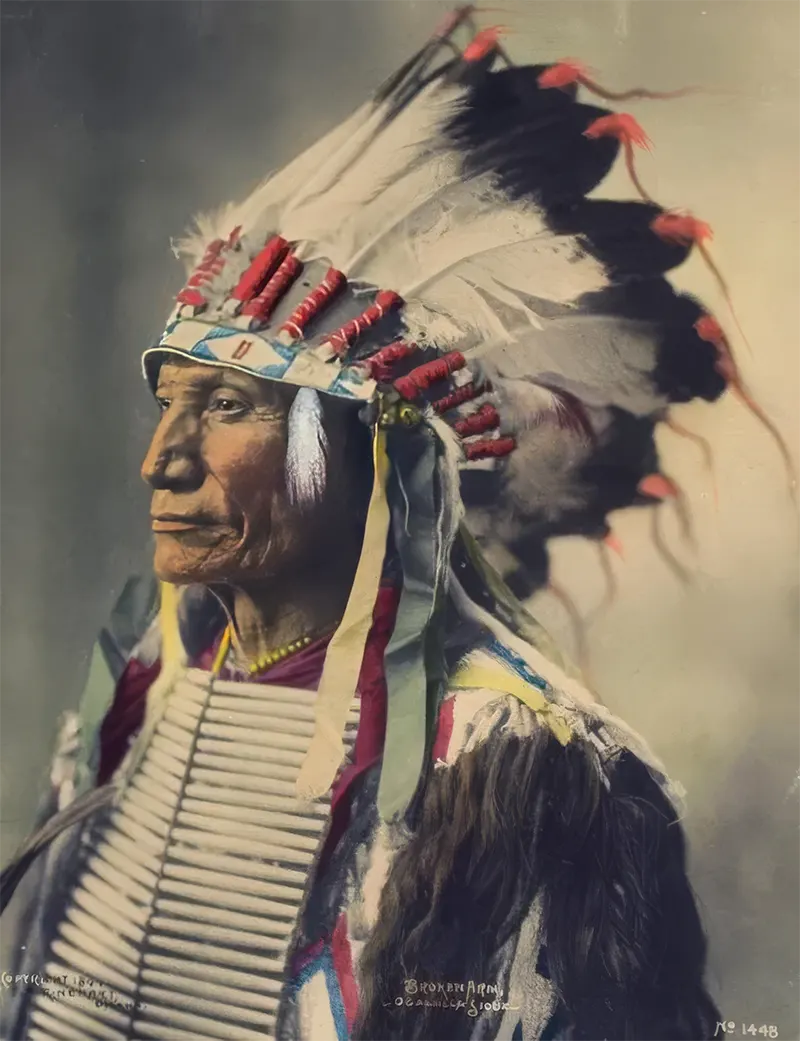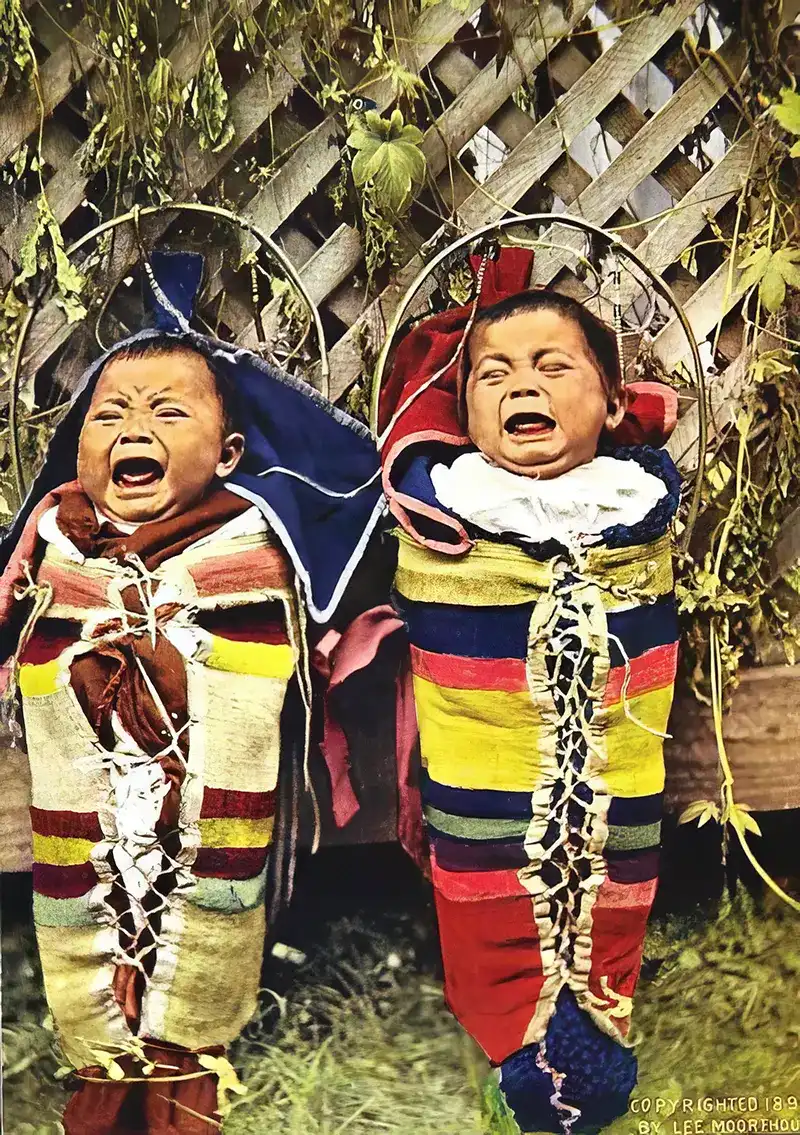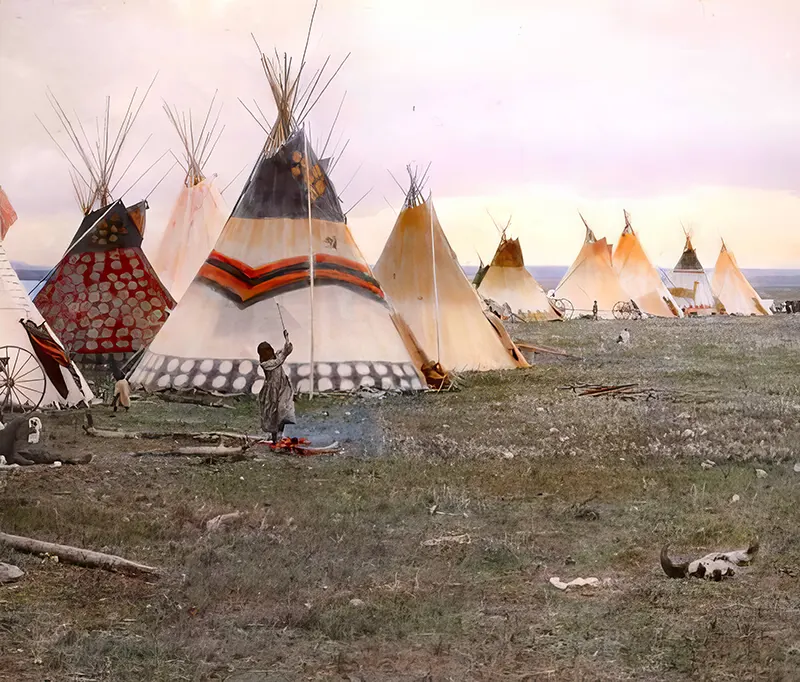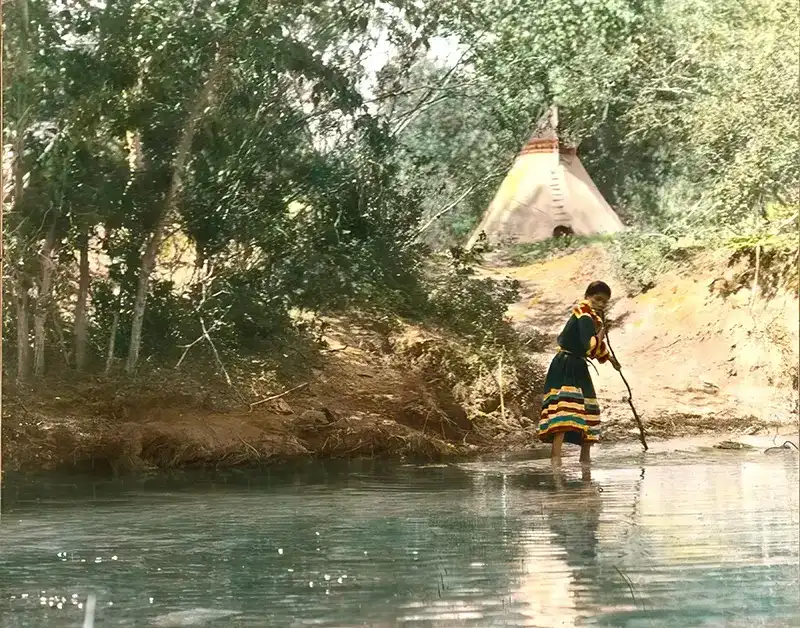After the Civil War, large numbers of white settlers moved westward, spurred on by the expansion of railroads. This migration reshaped the frontier, impacting the land and its inhabitants profoundly. Settlers not only cultivated the land but also hunted American bison extensively. Native American tribes often found themselves outnumbered in conflicts with both settlers and the U.S. government. By the 1880s, most Native Americans had been confined to reservations, often in remote areas. Many feared their traditional lifestyle was under threat of disappearing forever. Meanwhile, pioneering photographers like Edward Curtis, Walter McClintock, and Herman Heyn worked to preserve Native American culture through photography. These colored old photos offer a vivid glimpse into a changing world, which you can explore in this photo collection. Edward Curtis, a photographer from Seattle, felt a pressing need to document Native American culture, sensing time was running out. When he reached some reservations, however, he found he was too late. Many Native American children were in boarding schools, forbidden from using their languages or practicing their cultures. Nevertheless, Curtis persisted. He aimed to capture what he saw as a disappearing culture through his camera lens. During his lifetime, Curtis took over 40,000 pictures of Native Americans. While he often focused on traditional aspects, encouraging his subjects to pose in ceremonial clothing, Curtis left behind a remarkable legacy of work. But Curtis wasn’t the only photographer interested in preserving Native American culture. Walter McClintock, a Yale graduate, also traveled west to photograph this rich heritage. Like Curtis, McClintock believed in using photography to preserve a culture on the verge of disappearing. He also focused on traditional aspects. McClintock took an extra step compared to Curtis by adding color to his photographs. Between 1903 and 1912, McClintock took over 2,000 photographs of the Blackfoot people in Montana. He sent some of his negatives to a Chicago colorist named Charlotte Pinkerton. Using McClintock’s notes, Pinkerton carefully added colors to his photographs, likely using techniques common during that time, such as applying pigments with oil, varnish, watercolor, or dyes. McClintock displayed his colored photographs using a “magic lantern,” an early version of modern image projectors. This device projected light through a glass sheet with an image, creating a larger picture to impress the audience. (Photo credit: Library of Congress). Notify me of new posts by email.
Δ Subscribe


